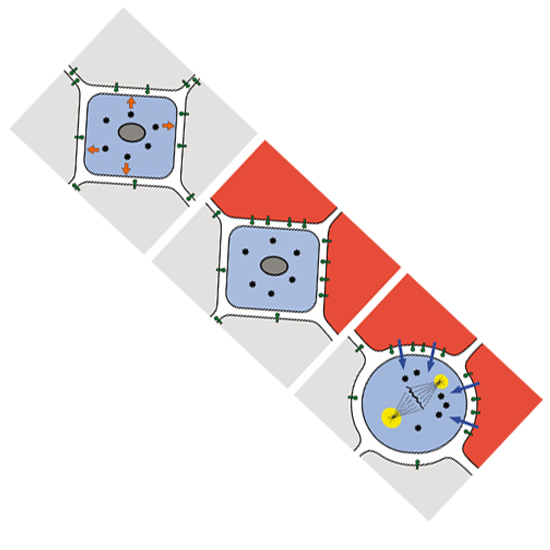Deadly dowry: how engulfment pathways promote cell killing
12-Feb-2016
Cell Death and Differentiation, 23, 553-554, doi:10.1038/cdd.2015.170
Cell Death and Differentiation, online article
During the development of the nematode Caenorhabditis elegans cell death occurs in a highly reproducible manner, and this is one of the reasons why the ‘worm’ has been a prime model for studies of this fundamental process.1 Genetic analyses of C. elegans provided the first evidence that a conserved central pathway of cell death exists and resulted in the discovery of Apaf-1-like proteins and caspases.2–4 Subsequent studies led to the model that cells programmed to die during C. elegans development undergo transcriptional upregulation of the BH3-only gene egl-1, and this leads to the cell-autonomous killing of these cells via the central apoptosis pathway.1 Once dead, ‘cell corpses’ are engulfed by neighboring cells in a process that is mediated by two partiallyredundant parallel pathways that are conserved as well.











